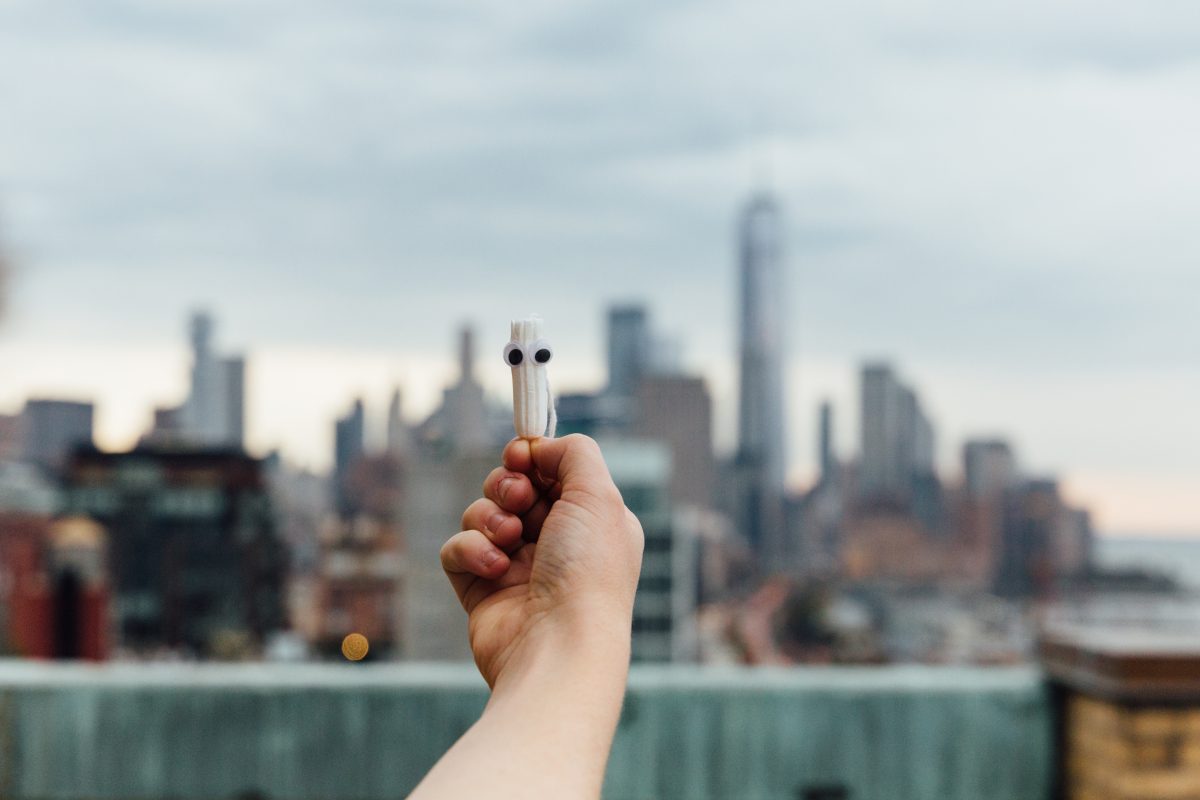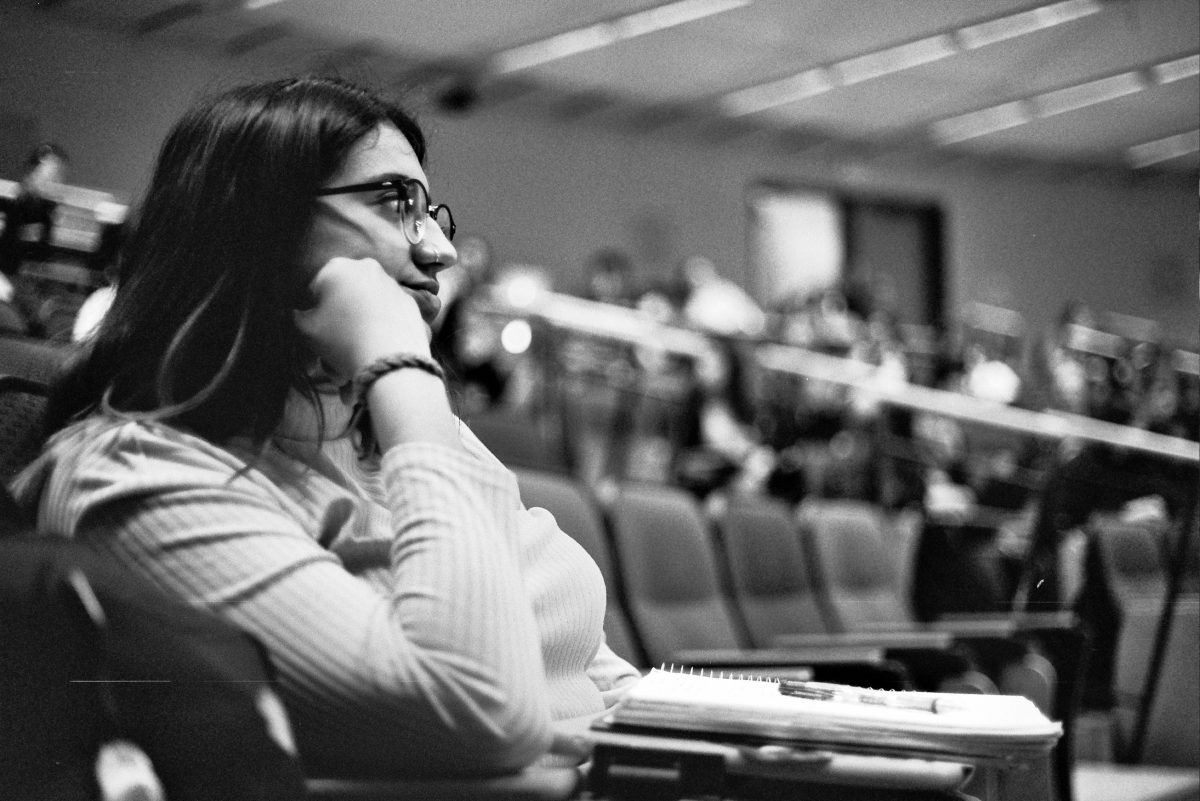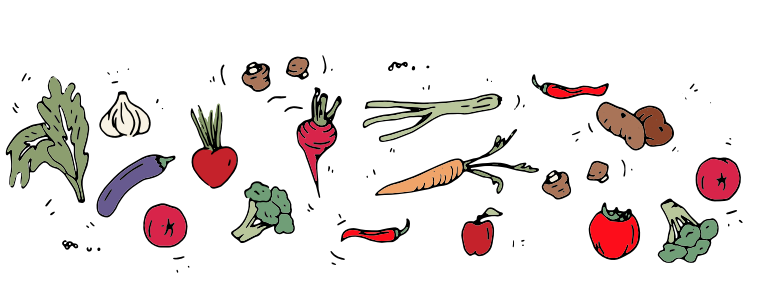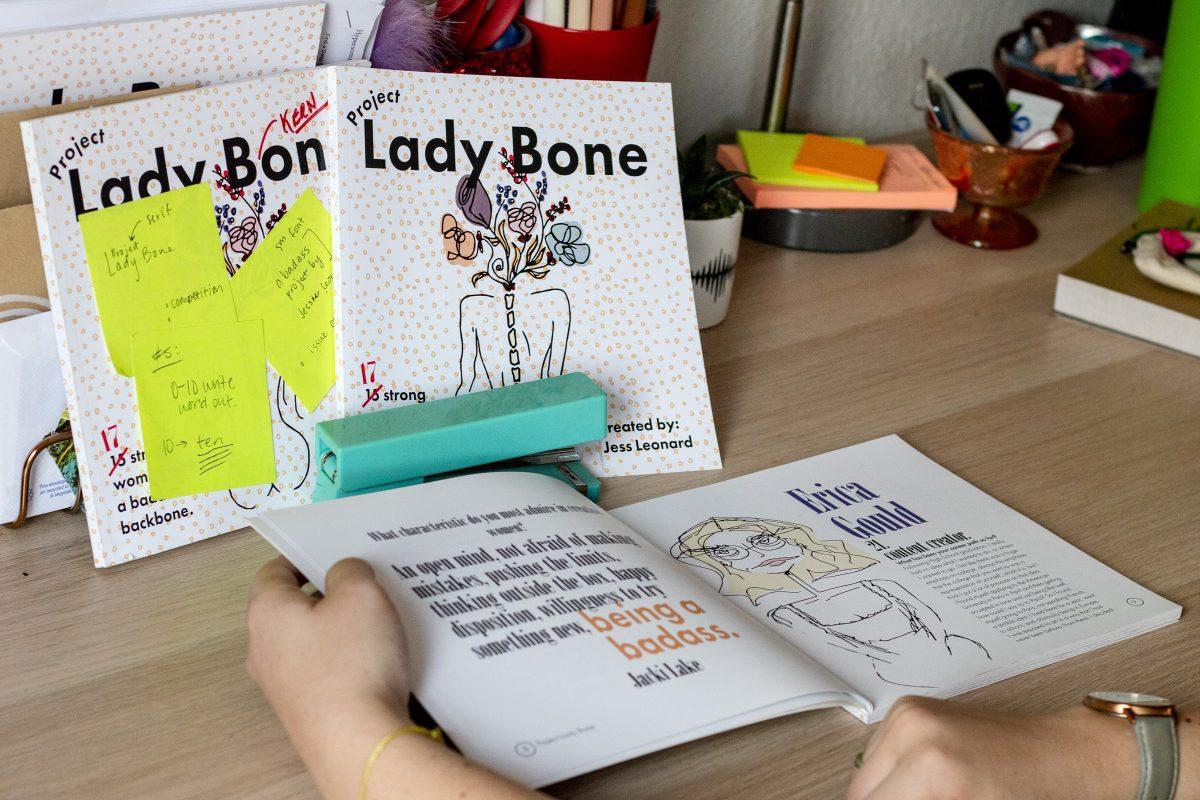When Trevor Lan heard about an upcoming school performance, he prepared by practicing in front of his TV at home a few weeks before the event took place. Performances would happen on a weekly and monthly basis at Tze Wen Elementary School in Taiwan, with students volunteering to entertain their classmates and teachers. Lan, 10 years old at the time, refused because his classmates laughed at the idea of him becoming a star. Deep down though, Lan wanted it all.
Lan represents a growing number of individuals from East Asia pursuing a career as a hip-hop/rap artist. The phenomenon represents the globalization of hip-hop and rap culture, both of which began in the US. Similar as in the US, East Asian hip-hop and rap artists have emerged from performing strictly underground to becoming recognized among global audiences.
One day after class at school, Lan’s had the house to himself. He turned on the TV and started flipping through channels looking for dance shows.
“My school uniform was still on the whole time,” Lan says. “I just felt like I wanted to be a pop star and didn’t care what I was wearing. I was a kid, after all.”
Streaming Youtube videos of hip-hop and rap artists became habitual. By 2006, breakdancing had become a popular activity for the youth culture in Taiwan. And for Lan, reaching stardom and the celebrity status was still cemented in the back of his mind.
He and four of his friends would dance in the downtown city subway systems in Taipei as a hobby after school. Although his friend group did it often, breakdancing was Lan’s first opportunity pursuing his passion. Those days were more “messing around” in Lan’s book, but with each subway breakdancing moment, he showcased his skills to bystanders.
Dancing and watching Mo Fan Bang Bang Tang, a former entertainment show where pop-stars contested against each other, served as another form of inspiration for Lan besides Youtube. Lan recalls that on a weekly basis his sister would complain to him to change the channel. He ignored her.
Now, Lan, 23, is a solo act, building a portfolio as a hip-hop and rap artist, along with his brand at the University of Oregon before graduating in June 2018 and returning to Taiwan. The past four years spent studying psychology and economics didn’t interest Lan.
Once his senior year started in the fall term 2017, Lan felt the moment signaled a calling. Leaders of a local, student-run music group, Eug Cue, approached Lan to record him performing for their Youtube channel. The group primarily produces Chinese-style rap, hip-hop and also pop music.
Not only would he dedicate the remaining time he had at UO to developing his portfolio with performances, but would also establish his network among the Asian community at the university.
“I’m not sure where my genre of music is, so I test myself rapping in front of audiences at cultural events at UO,” Lan says. “You can say it’s a blend of pop, hip-hop and electronic dance music.”
Lan believes his passion for dance and music still carries strong within him but realizes he’s in a tough industry. The hip-hop and rap music industry in Asia is growing, especially in Japanese, Chinese and Korean markets. The younger generation is following the globalization of hip-hop culture, largely gravitating toward East Asia.
“From a globalization perspective, hip-hop and rap culture have become a world genre,” says Alisa Freedman, an associate professor of Japanese literature and film at the University of Oregon. “It’s not only in East Asia, but people all the over the world have changed and evolved it in various ways.”
Lan shows his style of hip-hop and rap by performing at cultural events for student-groups at the UO. Hip-hop and rap culture has attained a new global reach, often being described by the Asian youth culture as more mainstream than pop music.
Just take a look at an event during the summer of 2017 in China called “The Rap of China,” in which hip-hop and rap culture finally emerged from underground status and created platforms for artists to sign deals with companies. It reeled in over three billion viewers from June to September, however apparent approval of programs similar to the show occur depending on what the content touches on.
Together with official disapproval, censorship plagues hip-hop and rap culture in China, citing it as “low-taste content” and offensive.
People like Rich Chigga, who’s from Indonesia, (real name Brian Imanuel) represent certain individuals inspiring younger folks, like Lan, on the opportunity of connecting and sharing his creative expression with worldwide audiences. Rich Chigga made a name for himself in both Asian and US markets by connecting with US-based rappers and hip-hop artists; Lan aims for that reality coming to fruition for him.
With momentum growing in Asia, international youth feel eager to join the movement. Lan and Rich Chigga serve as two examples of Asian hip hop and rap artists giving voice to Asian culture.
Giving voice to his own culture happens at cultural nights for students groups at UO. At this year’s Hong Kong Night, Lan performed alongside Ivan Siu, a fellow student from Hong Kong. Siu had bitter feelings towards the host of the annual Hong Kong Night events, Hong Kong Student Association, because of a lack of “representing Hong Kong culture” in the club. HKSA became too much of “a club for Americans with Hong Kong ancestry,” according to Siu.
“Most of the time when you’re listening to rap music in any of those countries (Taiwan, Hong Kong, and China), most of the songs are in Mandarin Chinese,” says Siu. “We ended up using a love song from Hong Kong, then re-done in Mandarin Chinese but has a hip-hop vibe to it.”
The fact Lan shared the stage with Siu made the latter feel “included” about his culture.
It was a significant risk because of how unconventional and problematic a rap/hip-hop song could be in two different dialects. On the one hand, Lan can’t speak Cantonese, and Siu’s Mandarin Chinese isn’t sufficient enough for rapping.
Lan’s open-mindedness and willing to incorporate Hong Kong into the mix and start the conversation on a tough topic were factors contributing to Siu’s agreement to perform with him.
“He’s balanced in his approach by being strict, kind and supportive at various moments,” Siu says. “But, like in most cultures, the real bonding and discussion about Asians in rap didn’t happen until we drank and shared thoughts with each other.”
“If it’s two guys up on stage rapping in Chinese and Cantonese, it won’t be as impressive or grab the attention of non-Chinese speakers,” says Ivan Siu. “There needs to be drama, intensity and some part of the performance where they’ll remember us.”
Siu refers to the preparation and rehearsal procedures behind the 2018 Hong Kong Night held at the Erb Memorial Union. Although Lan knew a majority of the attendees’ country of origin, he also questioned whether his music would bring any impact to viewers in the US. Lan wanted to convey a strong impression, so he made changes to his performance.
The night before Hong Kong Night, Lan consulted with Siu and another dancer/singer Andrea Yin, a sophomore at UO from Taiwan. Originally, Lan and Siu rapped, while Yin, would perform during the chorus. Lan scrapped the plan and decided on having Yin be the leading voice on stage, carrying the story as it flows.
“We wanted to be dramatic first, and by doing that, I felt we’re introducing the core of the story first,” Lan says. “Starting without any background music, and Xiao Yin just using vocals, the audience would feel the need to focus more with the music.”
On that specific night, all performed a song touching on break-ups; a topic Lan and Siu believe “connects with most Chinese-cultural” individuals. Lan stresses his lyrics touch on “cultural-related” topics because that’s where a majority of his base can draw examples from, such as ending a long-term relationship over distance.
“Not to say other rappers don’t rap about breaking up, family or childhood issues in the past or in the moment,” Lan says. “Rappers in the US, both past and present, talked a lot about experiences or issues they see through their own eyes, such as with drugs, gangs, and violence.”
Aside from Rich Chigga and Lan, many Asian-American or Asian artists hone their craft by connecting primarily with culturally-Chinese audiences. Whether it be singing lyrics in Mandarin Chinese, rapping trilingually (Mandarin Chinese, Taiwanese, and English) or addressing issues unique to the Asian-American or Asian experience.
All of which connote to the idea of rap and hip-hop becoming a globalized culture in the modern world. According to Lan, critics usually point to the color of skin, along with the style of rap, as what’s limiting him from connecting with American audiences. He says that since rap and hip-hop originated with the African-American community, it’s bizarre witnessing an “Asian rapping” too.
Lan doesn’t let “degrading and hurtful” comments affect him, and instead narrows his vision on the main goal: to become big. Most artists in Asia share their content through popular audio and social media platforms; aside from Youtube, the list includes Soundcloud, 1ting.com, LINE, and WeChat.
With his senior year wrapping up, Lan feels the pressure and recognizes the intensity of being on his own. But, there’s no use getting overwhelmed, as Lan puts it.
“Any emotion related to feeling nervous and anxious, that’s me right now,” Lan says. “But, hey, it’s my dream, and I can’t turn back after getting my family’s support.”
Trevor Lan performs with a dance group, Code Black, at the 2018 Duck Street Dance Club Spring Dance Showcase. The event titled “Creative Motions” gives various student-dance groups at UO an opportunity to present originally produced choreography.
Photo by: Sarah Northrop













![[Photo Courtesy of the Lara Family]
Ruben embraces his beloved childhood goat, Katrina.](https://ethos.dailyemerald.com/wp-content/uploads/2025/05/katrina-1-1060x1200.jpg)


